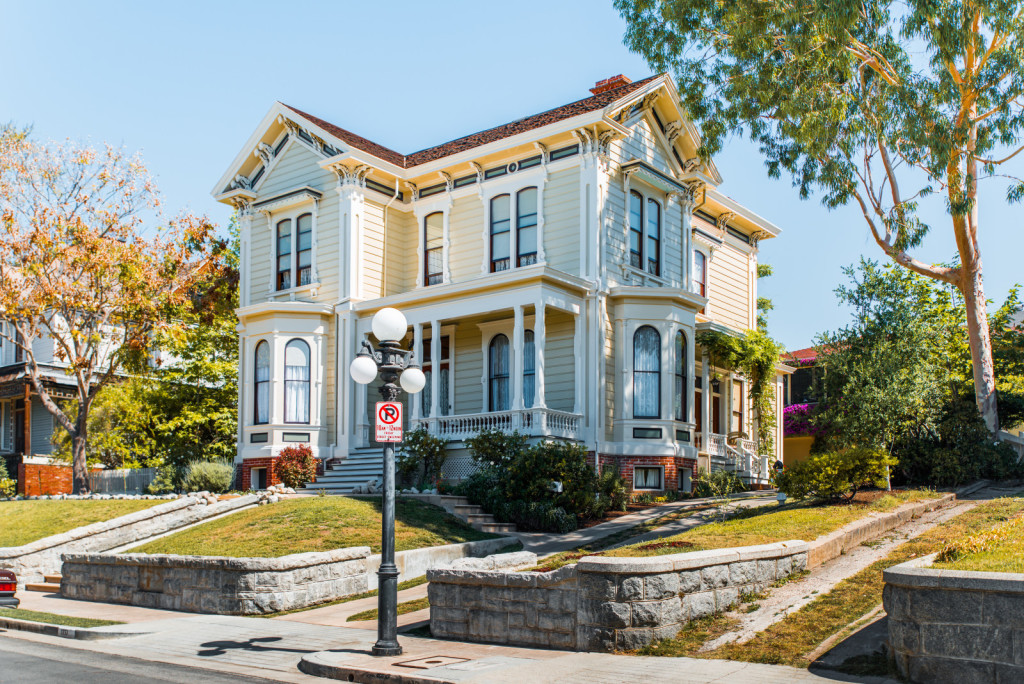Does Ageless Equal Priceless? Examining the Value Placed on Old and New Homes


Only have eyes for the layered architecture of a mid-century modern? Or are you the type whose dream home needs the brick columns and gabled dormers only found in a well-aged craftsman?
Or maybe you’re like us: The breadth of your home restoration knowledge comes courtesy of Tim Allen. You are moderately confident gabled isn’t a real word, and you feel quite strongly that wifi-enabled light switches are our generation’s greatest achievement. In which case, a home built more recently may suit your fancy.
Regardless of your personal preferences, Zillow’s most recent analysis shows that when a home was built – whether mid-century modern, or modern modern – has real impacts on its value. And that different markets place very different values on the age of a home.
Using the tool below, select a city to see how the value, size and number of single-family homes constructed in that area have changed over time. Because location also heavily impacts price, the map below the chart allows you to plot where homes built in a given year are located. Clicking a specific home on the map will launch the Zillow page for that home, where you can find further details.
Before beginning our analysis, we expected both very new homes and very old homes would fetch the highest premiums compared to those homes neither new enough to be considered contemporary nor old enough to be considered classic. But of the nine cities analyzed, Atlanta is really the only one to demonstrate this pattern when looking at the differences in median price per square foot across decades.
Austin, Denver, New York and Seattle all show a similar pattern to one another. Homes built in the first half of the 20th century are valued more compared to the second half. This makes sense, given that as density has grown over time, developers are less likely to build single-family residences (SFRs) in high-cost neighborhoods. Thus, more recent single-family construction is going to be in generally less expensive areas.
Looking at the map of Austin, the trend noted above is easy to spot. SFRs built in the early parts of the 20th century that still exist today are highly concentrated around downtown Austin, whereas more recent years’ SFR construction has been much more decentralized. The same trends can be seen in Denver and Seattle. In New York, Staten Island dominates new SFR construction, whereas homes built prior to 1950 that still exist today are much more evenly distributed across all five boroughs. Other than the Bronx, Staten Island has the lowest median value of single-family-residences, according to our most recent data.